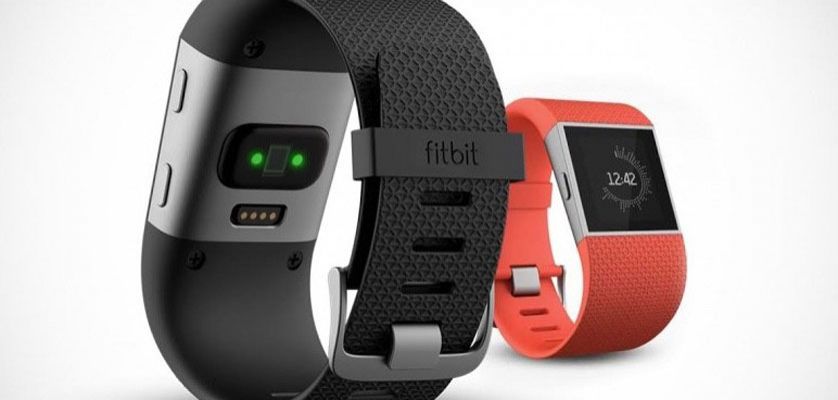The new high-end wearables, in addition to being small portable computers, incorporate a pioneering heartbeat monitoring technology by incorporating a series of optical sensors on the wrist to know the number of beats per minute when practicing sports. This is the case of the new Apple Watch Series 2, the Fitbit Charge HR activity tracker, the Polar A360 or the Garmin Forerunner 735XT running watch.
The heart rate sensor in the latest running watches, Fitness Trackers and smartwatches is based on a technique known as photoplethysmography. This cutting-edge technology, which is a bit tricky to pronounce, is used not only to measure heart rate. It is also used to monitor respiration or the depth of anesthesia.
- You may be interested in: The 10 best heart rate monitors without a chest strap.
This technology is based on a very simple fact: blood is red because it reflects red light and absorbs green light. These sensors rely on green LED lights in combination with light-sensitive photodiodes to detect the amount of blood flowing through your wrist at any given time.
In the image below, corresponding to the Apple Watch, you can see the scheme of the optical sensor developed by the Cupertino firm. On the one hand, in the coordinate corresponding to the X axis, there are the green and infrared LEDs, while in the coordinate corresponding to the Y axis, there are the photodiodes responsible for measuring light.

When the heart beats, the arterial flow at the wrist - and the absorption of the green light - is higher. Conversely, the blood flow between beats is lower. By flashing the LED lights hundreds of times per minute, it is possible to calculate the number of times the heart beats in each minute, and thus determine the heart rate.
The heart rate sensor also uses infrared light. This is the method used by the new Apple Watch Series 2 wearable to measure your heart rate in the background.
Factors that can affect the reading
However, even under ideal conditions, it is possible that sometimes you may not be able to get a reliable pulse reading at all times. Moreover, there are some factors that can affect the performance of the heart rate sensor and impede the pulse reading. These are some of them:
- Skin perfusion or the amount of blood circulating through the skin varies considerably from one person to another..
- An environment with a very cold climate. Another factor that can reduce the quality of the reading is due to weather conditions, for example if you are training in low temperatures. In this case, the skin perfusion of the wrist may be too low for the heart rate sensor to get a reading.
- Movement. Rhythmic movements, such as running or cycling, give better results than irregular movements, such as playing tennis or boxing.
- Tattoos. The ink, pattern and saturation of some tattoos can block the light from the sensor, affecting the performance of the heart rate sensor and making it very difficult to obtain reliable monitoring.
The importance of a good fit
New optical heart rate sensors are now designed to compensate for possible low signal levels (especially when the wearable is not properly adjusted) and improve the accuracy of the reading by increasing both the brightness of the LED lights and the sampling rate.
However, if you want to get an optimal reading of your heart rate when you practice a sporting activity, here are a couple of tips to achieve the best results when monitoring your heart rate with the new gadgets that incorporate these modern optical sensors.
- Your wearable should not be too loose. You should adjust the strap of your gadget a little if you want the sensors to measure your heart rate correctly.
- Make sure your activity tracker is snug. It's not a matter of tightening it all the way. It should be snug, but at the same time you should feel comfortable.
Source: Apple

